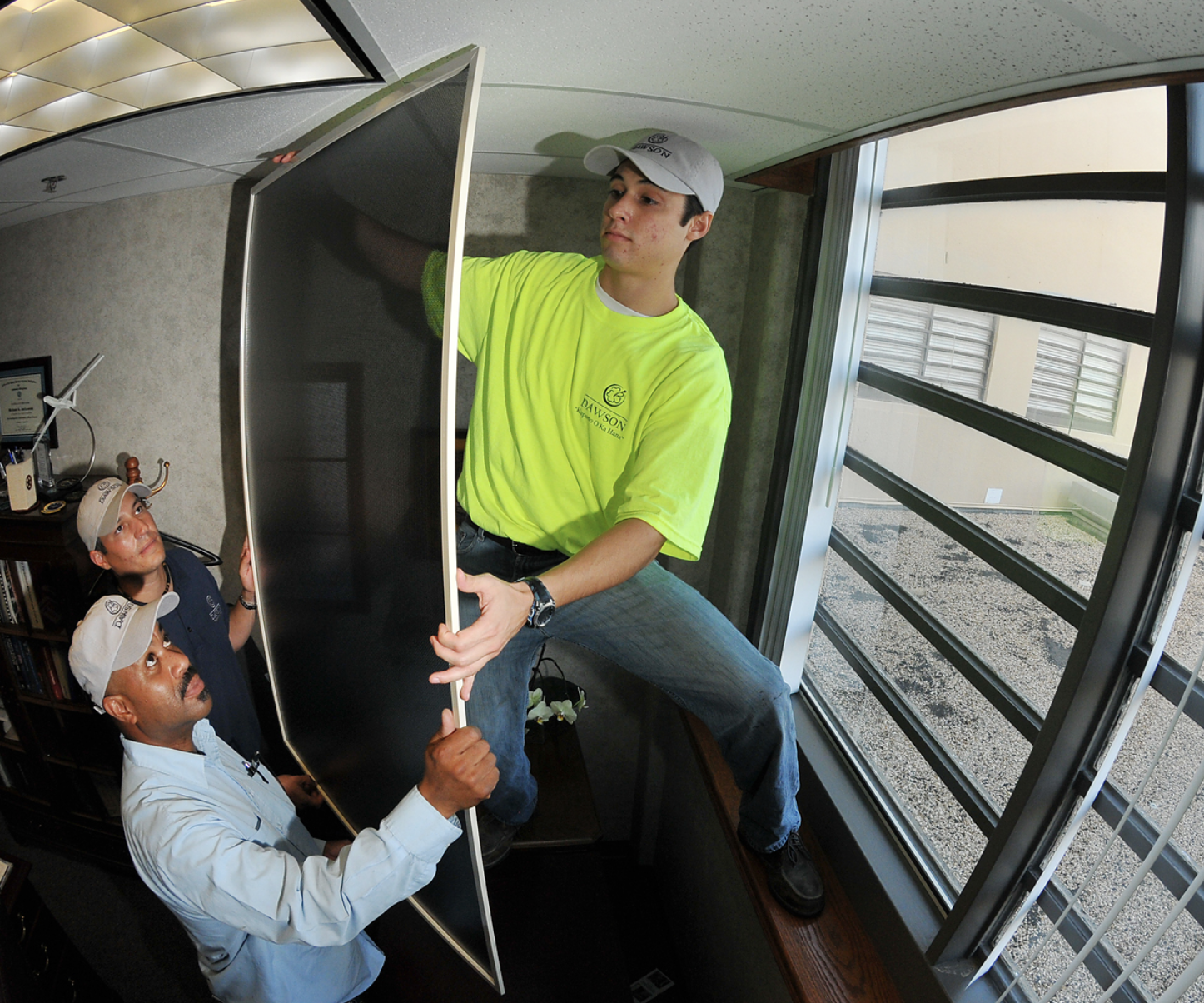 Energy efficiency refers to conserving electricity by doing more with less. That can mean air conditioners that use less power, better-insulated roofs that prevent heat from escaping, or any other mechanism that reduces our energy demand while preserving the same standards of living.
Energy efficiency refers to conserving electricity by doing more with less. That can mean air conditioners that use less power, better-insulated roofs that prevent heat from escaping, or any other mechanism that reduces our energy demand while preserving the same standards of living.
Investing in energy efficiency is the safest, cheapest, and most effective way to reduce the threat of climate change and air pollution caused by our reliance on burning fossil fuels. New energy efficiency regulations could actually replace the need for 800 power plants and keep billions of tons of carbon dioxide out of the atmosphere in the next decade. By 2030, the amount of electricity saved through efficiency efforts could surpass the electricity generated by any other source.
Beyond mitigating climate change and reducing air pollution, energy efficiency investments also save customers money on energy bills and create thousands of local jobs for small businesses that insulate our homes, install better windows and doors, make more efficient appliances, and work with energy-efficient heating, cooling, and ventilation systems. Every dollar invested in energy efficiency programs saves customers $3 in reduced energy costs. The U.S. Department of Energy states that the average household can save 25% on utility bills with energy efficiency measures, amounting to over $2,200 annually. More than 2 million people are also employed in the energy efficiency sector in the U.S. and energy efficiency programs have contributed to more than 400,000 new U.S. jobs since 2015. Not only that, but energy-efficient homes are also more comfortable than conventional homes in that they reduce the amount of noise, allergens, and insects that make it indoors.
 Fortunately, efforts at improving energy efficiency have been ongoing in Wisconsin for years. Focus on Energy, founded in 2001 as Wisconsin’s utilities’ energy efficiency program, works with eligible Wisconsin residents and businesses to install cost-effective energy efficiency and renewable energy projects — providing information, resources, and financial incentives to implement projects that otherwise would not be completed. Its efforts help Wisconsin residents and businesses manage rising energy costs, promote in-state economic development, protect our environment, and control Wisconsin's growing demand for electricity and natural gas.
Fortunately, efforts at improving energy efficiency have been ongoing in Wisconsin for years. Focus on Energy, founded in 2001 as Wisconsin’s utilities’ energy efficiency program, works with eligible Wisconsin residents and businesses to install cost-effective energy efficiency and renewable energy projects — providing information, resources, and financial incentives to implement projects that otherwise would not be completed. Its efforts help Wisconsin residents and businesses manage rising energy costs, promote in-state economic development, protect our environment, and control Wisconsin's growing demand for electricity and natural gas.
Hundreds of thousands of households, as well as thousands of businesses, participate in the program annually, and last year they saved $90 million in avoided electricity costs. In fact, the program has generated more than $1 billion in economic benefits to the state since 2011. Each year, the amount of electricity it saves could power 69,000 homes for a whole year.
Despite these successes, over the last decade, Wisconsin has fallen behind other states in terms of promoting energy efficiency after legislators in 2012 reversed an earlier decision to increase financial support for the program. In 2008, Wisconsin ranked 9th of all states, but it now ranks 25th and remains behind neighboring states like Minnesota (8th), Michigan (13th), Illinois (11th), and Iowa (23th). Michigan, for example, has had impressive victories in recent years: its new energy efficiency program saved customers $800 million over 3 years and employed more than 20,000 workers in the state’s energy efficiency industry.
Wisconsin, though, can still regain its spot as one of the most energy-efficient states in the nation, thereby saving residents money, creating green jobs, reducing pollution, and helping to avoid the worst consequences of climate change. To do so, we must increase funding for the Focus on Energy program and expand its scope.